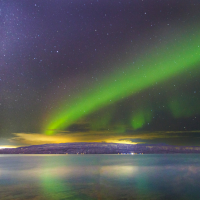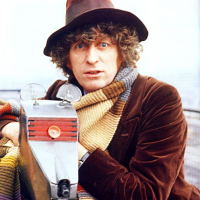Vuelta 2021-stage 12 : Jaén ->Córdoba, 175km *SPOILERS*

mididoctors
Posts: 16,805
Do the thing Jimmy
"If I was a 38 year old man, I definitely wouldn't be riding a bright yellow bike with Hello Kitty disc wheels, put it that way. What we're witnessing here is the world's most high profile mid-life crisis" Afx237vi Mon Jul 20, 2009 2:43 pm
0
Comments
-

"If I was a 38 year old man, I definitely wouldn't be riding a bright yellow bike with Hello Kitty disc wheels, put it that way. What we're witnessing here is the world's most high profile mid-life crisis" Afx237vi Mon Jul 20, 2009 2:43 pm1 -
Unless you change the start and destination, you can just copy over whatever I wrote the other day!mididoctors said:Do the thing Jimmy
0 -
My badjimmyjams said:
Unless you change the start and destination, you can just copy over whatever I wrote the other day!mididoctors said:Do the thing Jimmy
"If I was a 38 year old man, I definitely wouldn't be riding a bright yellow bike with Hello Kitty disc wheels, put it that way. What we're witnessing here is the world's most high profile mid-life crisis" Afx237vi Mon Jul 20, 2009 2:43 pm0 -
Looks like the last 60-65k could be where any action happens.Felt F70 05 (Turbo)
Marin Palisades Trail 91 and 06
Scott CR1 SL 12
Cannondale Synapse Adventure 15 & 16 Di2
Scott Foil 180 -
Hard first 50k, I reckon. Then once a strong-ish break is away (and the TV coverage starts), standard breakaway stage with a sprint finish and GC group rolls across the line. No hills there that will cause splits between GC contenders.daniel_b said:Looks like the last 60-65k could be where any action happens.
1 -
The stage route
The 12th stage of the Vuelta, Jaén to Córdoba, 175 km, is another one which on paper looks good for a breakaway. The route includes crossing the finish line at Cordoba twice, first after a mostly downhill 105 kms from Jaen, then again after a loop of 70 kms. The intermediate sprint of the day will take place at or just after the first crossing of the line.
The loop includes two classified climbs, after about 120 kms the Alto de San Jeronimo (3 cat, total rise about 440 m over 13 kms, 3.3% average), and after about 155 kms the unusually-named Alto de 14% (2 cat, total rise about 480 m over 7.2 kms, average 5.6%). The last 1.8 kms of this climb have an average slope of 9.4%. Perhaps there are short stretches at 14% ?
Following the 10 kms long descent, the final 10 kms are flat.
(Couldn't find a better or sharper map; Jaen is on the right and the riders follow the red line, green line is team bus route)
Favourites
(Only if a breakaway succeeds till the end)
3* Vansevenant, Matthews, Champoussin
2* Kron, Caruso, Bagioli, Mauri
1* Bardet, Schachmann, Poels, LL Sanchez, van Baarle, Tratnik
Jaén, 113,000 inhabitants, lies in the wide upper valley of the Guadalquivir river surrounded by olive groves on adjacent hills (the area around Jaen accounts for a third of Spain’s, and a tenth of the entire world’s production, of olive oil). In Roman times, silver was mined in the area, but Jaen didn't grow in size and gain relevance until the 12th century when it was an important town for the Moors. Among the interesting buildings there, its cathedral is perhaps the most impressive (pictured below).
One of the 'sons' of the town is Manuel Beltran, the cyclist of the 1990s/early 2000s for the Mapei, Banesto and US Postal teams. He was given the nickname Triki because he liked crumbly cakes and the Cookie Monster in Sesame Street is called Triki on Spanish TV.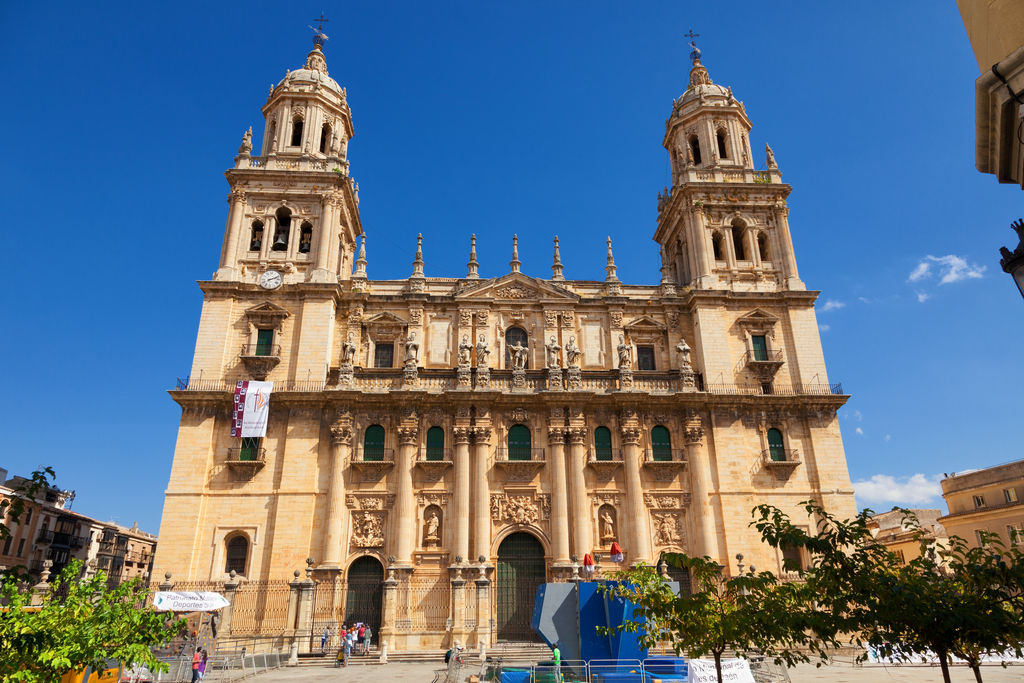
Córdoba, 325,000 inhabitants, is in the lower valley of the Guadalquivir river, where the meandering river bends sharply. A town has existed there since before Roman times, however its name comes from the Romans, for whom it was their main town in southern Spain (remains of Roman temples still exist there). The famous Roman stoic and philosopher Seneca was born there.
In the 8th century Cordoba was occupied by the Moors, for whom it was for a while their main governmental and educational centre in Spain. Its population became huge for that era, about 110,000 people. It is not formally twinned with any town in the UK, but does have a so-called 'friendship agreement' with Manchester (if it still exists – since Brexit some UK towns have cancelled their twinning agreements with towns in the EU ).
).
Among its landmarks is the below-pictured Alcázar de los Reyes Cristianos (the Palace of the Christian Kings), completed in the 14th century, being a modified and larger version of a 8th century Moorish caliph's palace, the Moorish influence still visible in its gardens. Soon after its completion, it was briefly the seat of the Spanish monarchy and thus it was where Columbus met Ferdinand and Isabella to plan his route to India (!) by going west across the Atlantic.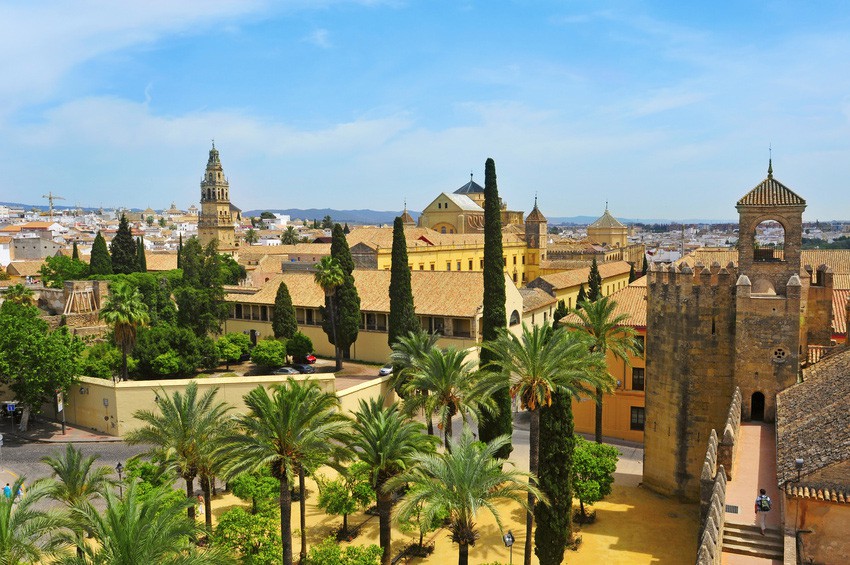
Local food
Salmorejo cordobés is a Cordoba version of a Gazpacho, but with more tomatoes and less other veg. Sometimes it is prepared thicker, as a sauce to roast hare.
Rabo de Toro is a rich oxtail stew very popular in the area.
The most historically- and differently-interesting dish in the Cordoba area is Flamenquín
These are of thin pork schnitzel cuts rolled up with ham, then coated in breadcrumbs and fried. Sometimes a layer of cheese might be included between the ham and the schnitzel, making them a bit like thin, rolled-up Cordon Bleu. Flamenquines are usually eaten with mayonnaise, salad and frites. You might as well be in the Benelux or Germany!
The dish owes its name to the Flemish troops which accompanied Charlemagne on his journeys to Spain in the 1540s/1550s, and who supposedly brought the dish, i.e. the recipe, with them. The golden colour of the dish was reputedly reminiscent of the hair colour of the Flemish soldiers, and the Spanish word flamenquín literally means 'little flame'.
(I don't know if the word 'Flemish' in other languages, e.g. English, or even in Flemish itself, is derived/connected to hair colour or little flame colour)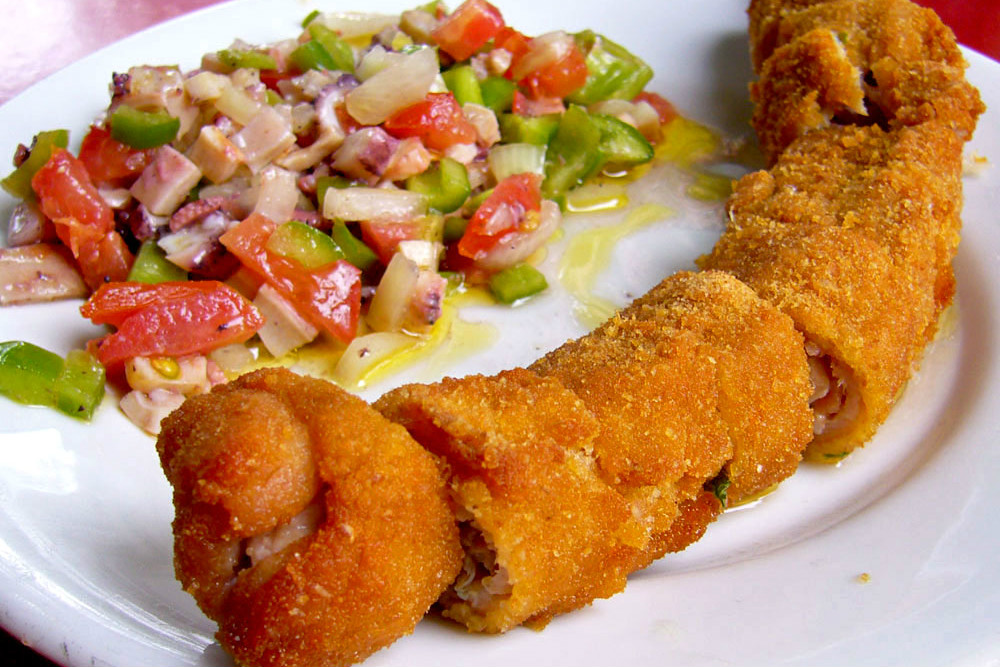
Structure of the Day
This has to be the Mezquita Cordoba, the mosque/cathedral at Cordoba, for which it is easy to find photos of its super interior on Internet. Built in the 8th century by the Moors, taken over by the Christians in the 13th century.
But I also like the Roman bridge over the Guadalquivir river a lot, thought to have been originally built about 100 BC, and then restored and improved by the Moors in the 8th century.
So my picture shows both – the mosque/cathedral is the large structure right of centre in the background. 6
6 -
Top score @jimmyjams thank you"If I was a 38 year old man, I definitely wouldn't be riding a bright yellow bike with Hello Kitty disc wheels, put it that way. What we're witnessing here is the world's most high profile mid-life crisis" Afx237vi Mon Jul 20, 2009 2:43 pm0
-
So a break of 8 has just gone, but the peloton still only now thinking about stopping the chase. 90k of racing gone.0
-
Peloton changed its mind. Strung out again.
Break only has a minute with just the climbs and descent to the finish to go.0 -
I bet they're glad it's a flat stage tomorrow.
UAE reckon Trentin can win this.0 -
All the JV and Ineos team down0
-
Looks like Movistar have a new tactic to deter Ineos0
-
Cycling into barbed wire is certainly innovative... Who was the Movistar that lost most of his clothing and quite a lot of blood?Warning No formatter is installed for the format0
-
Carlton having to correct Kelly - what with that and the cricket I think I've entered a weird parallel universe.2
-
Yeah the cricket more interesting than the cycling today...Pross said:Carlton having to correct Kelly - what with that and the cricket I think I've entered a weird parallel universe.
Unusual to watch someone else have a batting collapse and England looking pretty composed (touch wood).0 -
Looks like it was van Barle who caused the chuteWarning No formatter is installed for the format0
-
OliveiraNo_Ta_Doctor said:Cycling into barbed wire is certainly innovative... Who was the Movistar that lost most of his clothing and quite a lot of blood?
0 -
I rode into barbed wire once mountain biking . Rather forget it"If I was a 38 year old man, I definitely wouldn't be riding a bright yellow bike with Hello Kitty disc wheels, put it that way. What we're witnessing here is the world's most high profile mid-life crisis" Afx237vi Mon Jul 20, 2009 2:43 pm1
-
Good finale to today's stage.
MC Neilsen doubles up, from Bagioli and Matthews with Trentin in 4th.0 -
LOL"If I was a 38 year old man, I definitely wouldn't be riding a bright yellow bike with Hello Kitty disc wheels, put it that way. What we're witnessing here is the world's most high profile mid-life crisis" Afx237vi Mon Jul 20, 2009 2:43 pm0
-
That was all a bit active"If I was a 38 year old man, I definitely wouldn't be riding a bright yellow bike with Hello Kitty disc wheels, put it that way. What we're witnessing here is the world's most high profile mid-life crisis" Afx237vi Mon Jul 20, 2009 2:43 pm0
-
Bloody hard sprint from Magnus CortWarning No formatter is installed for the format0
-
Worth watching?Felt F70 05 (Turbo)
Marin Palisades Trail 91 and 06
Scott CR1 SL 12
Cannondale Synapse Adventure 15 & 16 Di2
Scott Foil 180 -
Yep.daniel_b said:Worth watching?
1 -
Loving these intros and keeping up with the crashing…..sorry racing."Science is a tool for cheaters". An anonymous French PE teacher.1
-
Last 10kms.daniel_b said:Worth watching?
The above may be fact, or fiction, I may be serious, I may be jesting.
I am not sure. You have no chance.Veronese68 wrote:PB is the most sensible person on here.0 -
Yeah decent racedaniel_b said:Worth watching?
"If I was a 38 year old man, I definitely wouldn't be riding a bright yellow bike with Hello Kitty disc wheels, put it that way. What we're witnessing here is the world's most high profile mid-life crisis" Afx237vi Mon Jul 20, 2009 2:43 pm0 -
Haha. Partly right, while also very wrong.kingstongraham said:
Hard first 50k, I reckon. Then once a strong-ish break is away (and the TV coverage starts), standard breakaway stage with a sprint finish and GC group rolls across the line. No hills there that will cause splits between GC contenders.daniel_b said:Looks like the last 60-65k could be where any action happens.
0
